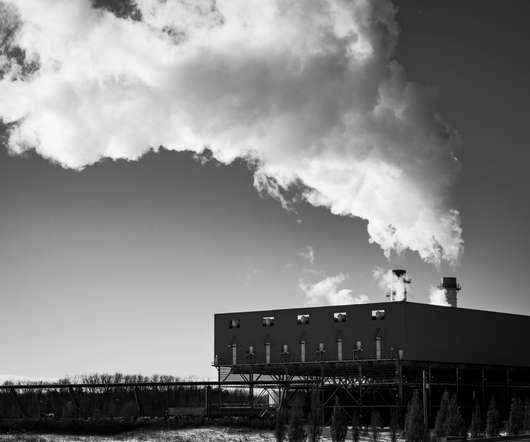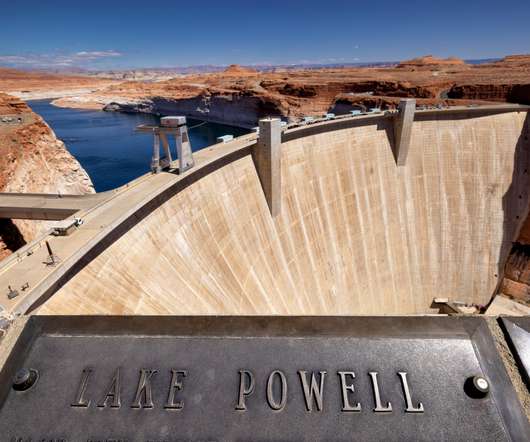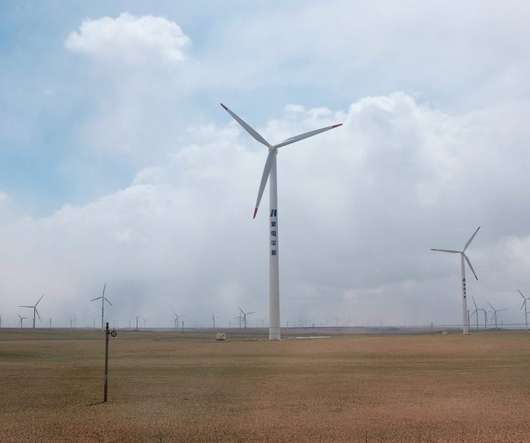Unraveling LA’s Hydrogen Combustion Experiment
Legal Planet
MARCH 6, 2023
This is partly because hydrogen production is energy inefficient and––when derived from fossil fuels––still a significant source of carbon emissions. Natural gas plants retrofitted to blend hydrogen, supporters insist, can cheaply and reliably fill this need with infrastructure that already exists.


























Let's personalize your content